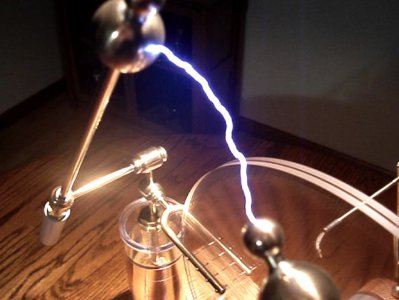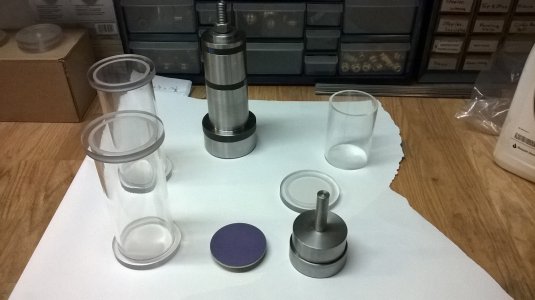- Joined
- Jun 22, 2015
- Messages
- 68
This is a Wimshurst Machine which generates high voltage. The capacitors on this machine are made of acrylic and the glue lines need to be perfect or they will fail. The link are videos that show a jig I made for my lathe for cutting the disks and finishing the ends of the acrylic tubes (necessary to get a good glue joint).
http://1drv.ms/1Pfut6m



http://1drv.ms/1Pfut6m




